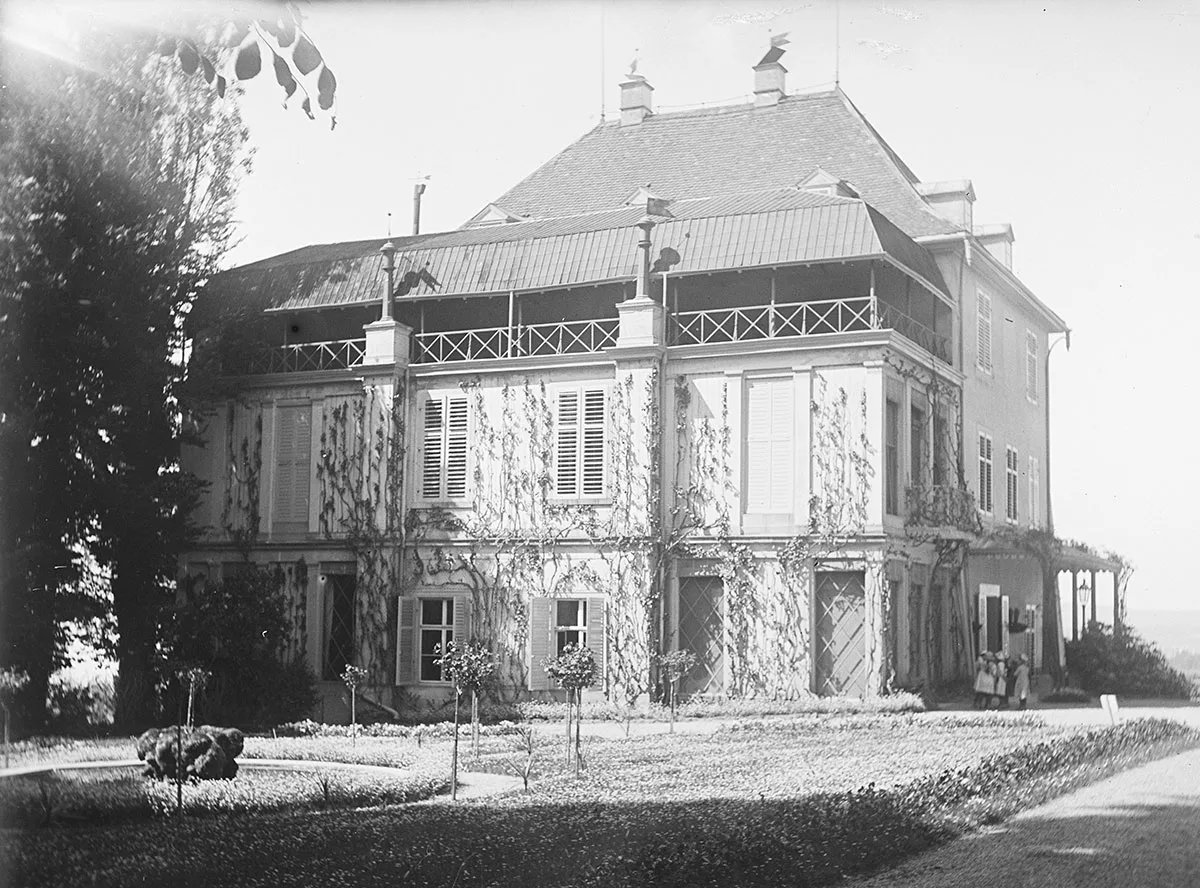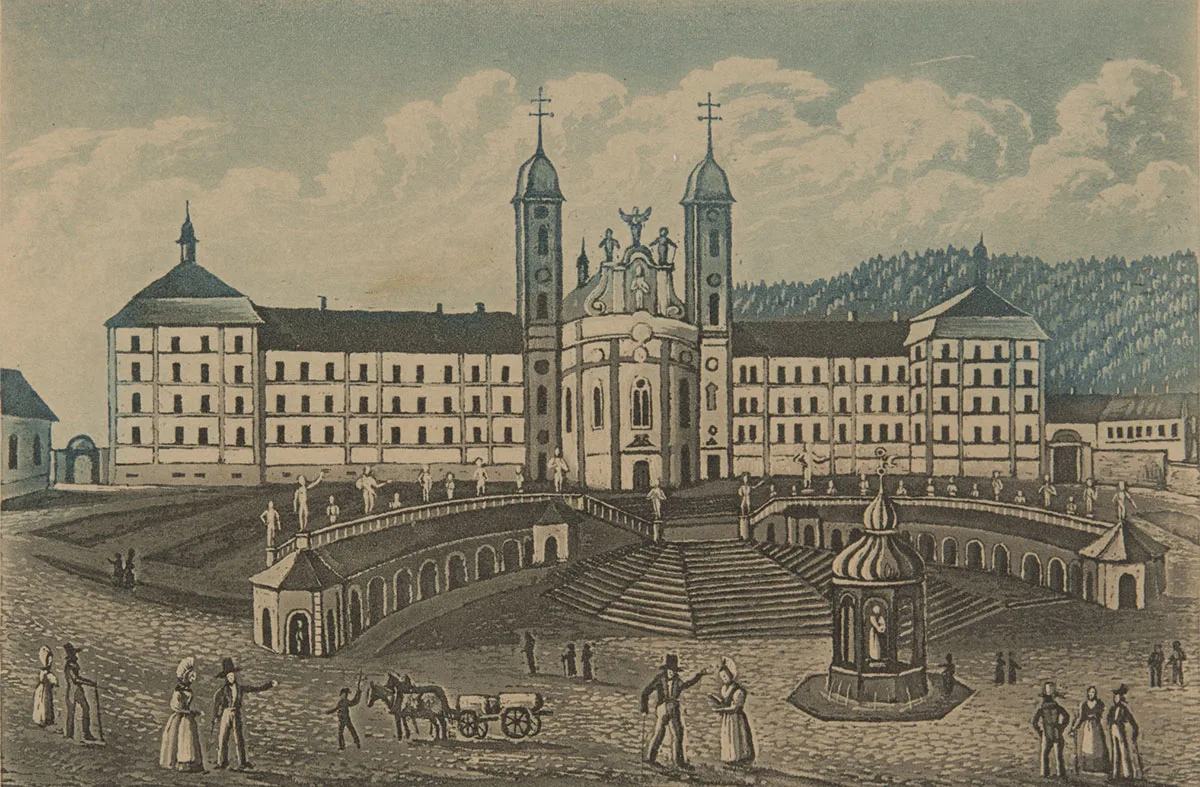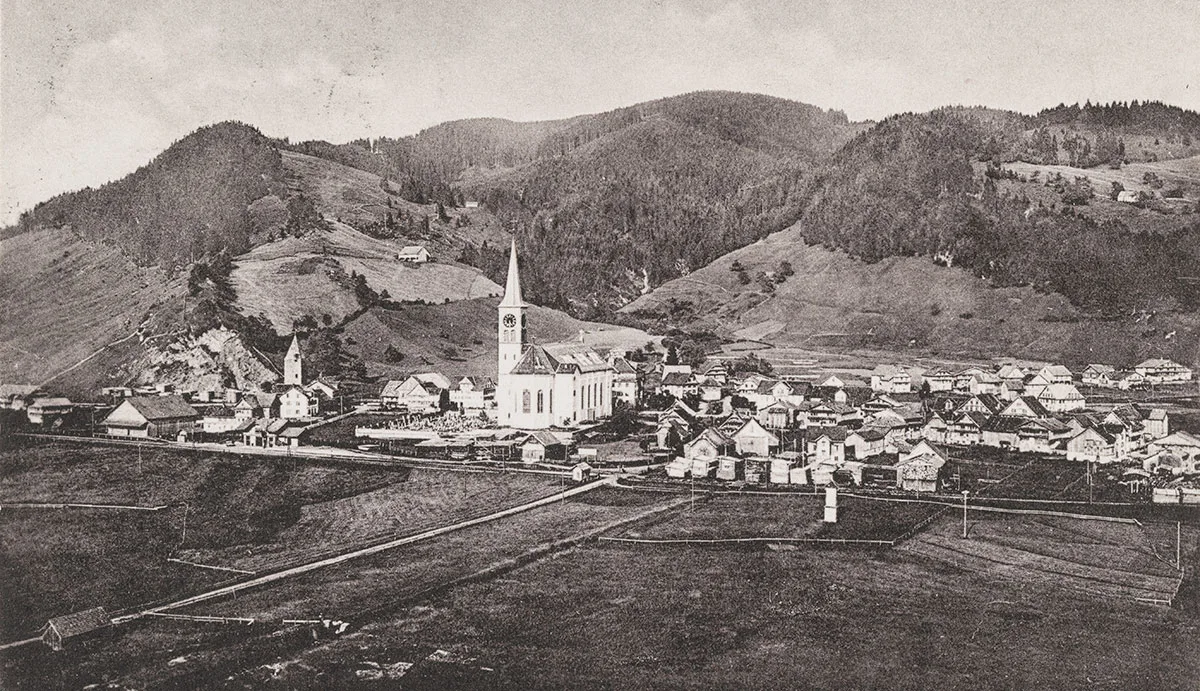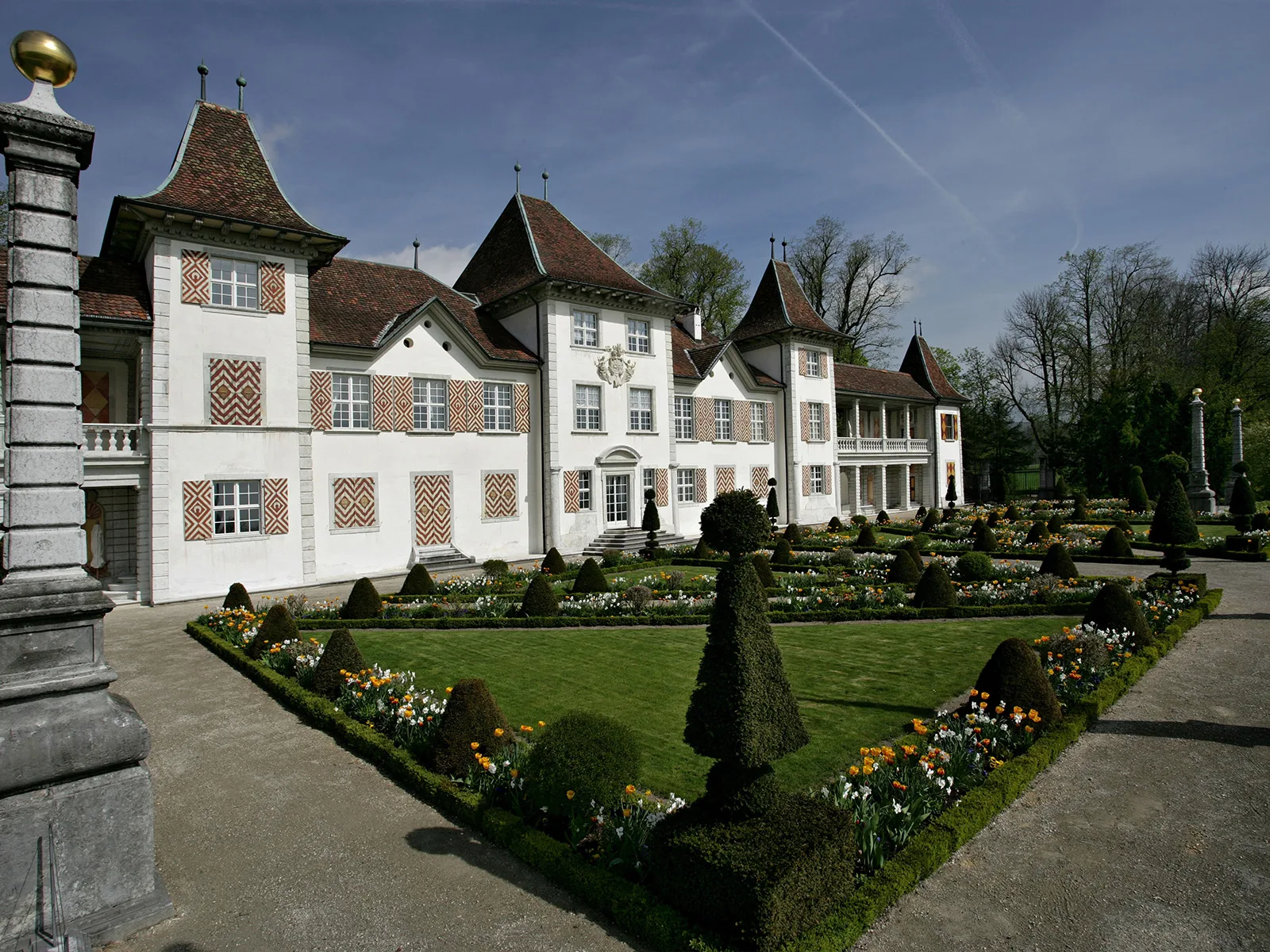
Jerusalem in Rothenthurm
This is the story of a political refugee in Switzerland who went on to become Emperor of France. He left behind a few traces as he passed through our country – including some that still shine brightly today.

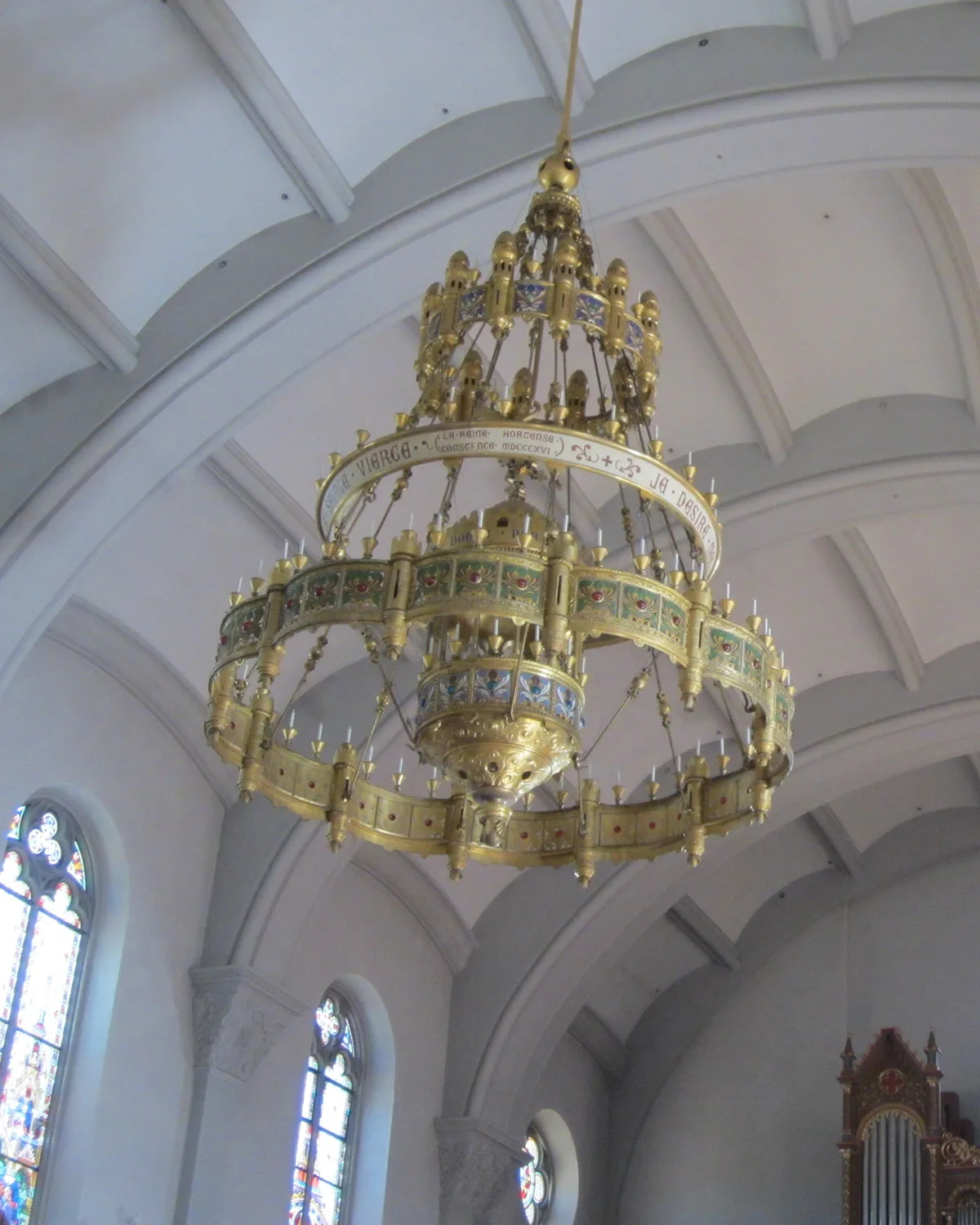
Views of the church of St. Anthony in Rothenthurm. Michael van Orsouw

The emperor speaks Thurgau dialect
